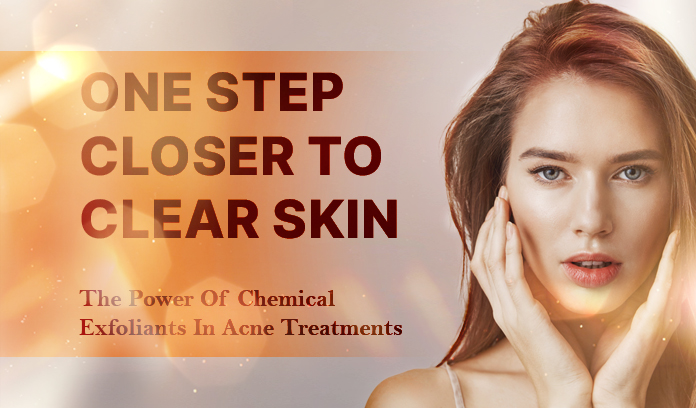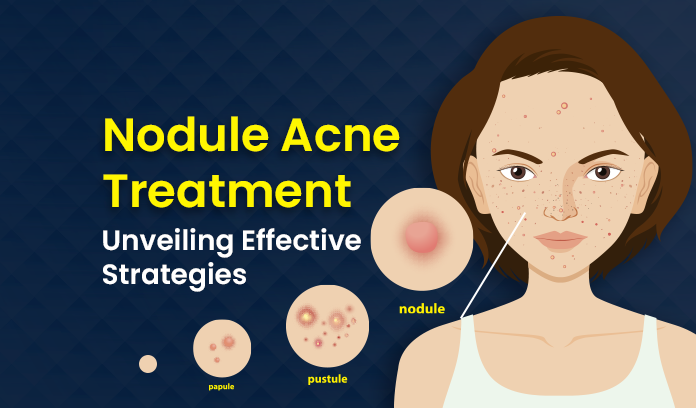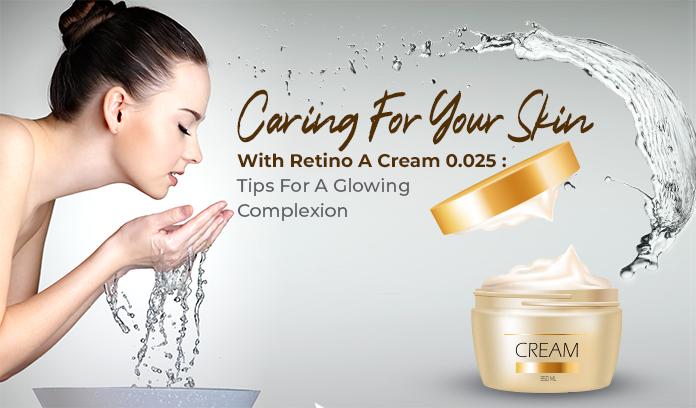Embarking on a journey towards acne-free skin often involves understanding the nuances of this skin condition and adopting targeted solutions. Acne spot treatments, designed to address specific blemishes, have become a game-changer in the skincare industry.
In this article, we’ll delve into acne spot treatment significance, ingredients, application techniques, and much more.
Understanding Acne
Acne is of various types, from pesky blackheads to painful cysts. Understanding the type of acne one is dealing with helps in effective treatment. Factors such as hormonal changes, genetics, and lifestyle choices contribute to the development of acne.
Importance of Spot Treatments
While standard acne products cover broader areas, spot treatments are formulated to target individual blemishes. This tailored approach accelerates the healing process, minimizing the lifespan of a pimple and preventing it from worsening.
Popular Ingredients in Spot Treatments
Acne spot treatments often feature active ingredients like salicylic acid, benzoyl peroxide, and tea tree oil. Each ingredient addresses acne differently, making it crucial to choose a treatment that aligns with your skin’s unique needs.
Factors such as skin sensitivities, skin type, and the severity of your acne help determine the right spot treatment plan to combat this condition.
Application Techniques
To make the most of acne spot treatments, proper application is key. This includes gently cleansing the skin, applying the treatment in a targeted manner, and avoiding common mistakes that could hamper its effectiveness.
For e.g. acne spot treatments are best applied after cleansing and toning, but before serums and creams. The potent ingredients work best on clean skin, and if you apply a spot treatment on top of a thicker cream or oil, it may not penetrate as well.
While trying on a new product, or a new retinoid, you can use a thin layer of gel-based moisturizer before a spot treatment to help minimize irritation.
Lifestyle Changes For Better Skin
In addition to spot treatments, adopting a balanced lifestyle plays a crucial role in acne prevention. A nutritious diet, hydration, and a consistent skincare regimen contribute to overall skin health.
Addressing Acne Scars
Beyond treating active acne, preventing and addressing acne scars is crucial. When it comes to how spot treatments can help prevent further scarring, salicylic acid is present in everything – from pads to targeted treatments, lotions, and skin cleansers, it is an active ingredient in most anti-acne skincare products.
Salicylic acid clears pores, dissolves bacterial growth, soothes redness, and exfoliates the skin when applied topically.
It is also advisable to seek a skin specialist to address post-acne scars. They can recommend tailored skincare products to treat your unique needs.
FAQs
-
How quickly can I expect results from acne spot treatments?
Results vary, but many individuals notice improvement within a few days of consistent use.
-
Are DIY spot treatments as effective as commercial ones?
DIY remedies can be effective, but commercial products often undergo rigorous testing for safety and efficacy.
-
Can spot treatments be used as preventive measures for acne?
Spot treatments are primarily designed for active blemishes, but using them as a preventive measure is a common practice.
-
Are there side effects linked to using popular spot treatment ingredients?
Some individuals may experience mild irritation, dryness, or redness. It’s crucial to stick to product instructions and perform patch tests.
-
Should I see a dermatologist before using acne spot treatments?
Consulting a dermatologist is advisable, especially for those with persistent or severe acne issues.











